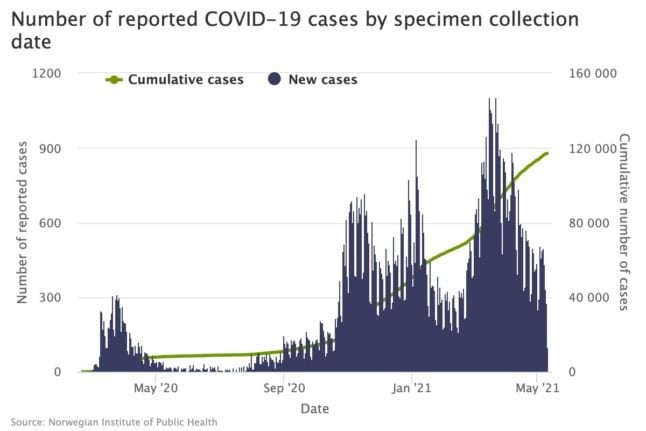“Sweden has not taken sufficient measures to reduce its current account surplus,” non-profit New America Foundation, a non-profit, non-partisan US-based think tank, wrote in a statement on Thursday.
“Its fiscal policy should be more expansionary; it should encourage currency appreciation; and it should open its domestic market to foreign goods.”
Sweden was one of 11 countries with a manufacturing based economy that the New American Foundation has included on its newly launched “Current Account Surplus Watch”. The list also includes 10 resource based economies.
Five of the countries considered to have excessively large surpluses are members of the G20, which is currently holding a summit in Seoul. The countries are China, Japan, Russia, Saudi Arabia and Germany.
In addition to stimulating domestic demand, the foundation also advised these countries to pursue other constructive policies, such as international development assistance.
“These economies are deemed to pose a threat to the functioning of the global economy because they subtract demand out of the world economy at a time of weak global aggregate demand and because they pose an obstacle to the adjustment policies deficit economies must undertake to avoid or to get out of financial crises,” the foundation said in a statement.
A total of 21 countries are ranked on two lists, divided by manufacturing and resources economies. Sweden came in eighth out of 11 on the manufacturing economies list.
Manufacturing economies fulfilled three criteria: a 2009 GDP of at least $100 billion (686.08 million kronor), a three-year average current account surplus of at least 3 percent of GDP and energy commodity exports of less than 50 percent of total exports.
Among resource economies, or those whose energy commodity exports account for over 50 percent of total exports, neighbouring Norway came in seventh.
Countries received low scores for large current account surpluses and high scores for mitigating policies that either increase domestic demand or offset their surplus.
Those with the lowest scores rank highest on the list because they subtract the most from net global demand.



 Please whitelist us to continue reading.
Please whitelist us to continue reading.
Member comments